Moroccan Zellige tiles, renowned for their intricate designs and vibrant colors, are far more than just decorative elements—they represent a profound cultural heritage, bridging history and modern interior design. From majestic palaces to contemporary homes, these handcrafted tiles continue to captivate designers and homeowners worldwide.
Historical Roots of Zellige
Originating in Morocco during the 10th century, Zellige tiles were heavily influenced by Andalusian art, brought by artisans fleeing Spain after the Reconquista. These tiles quickly became emblematic of Moroccan architecture, particularly flourishing in cities like Fez and Marrakech, known for their skilled artisans and quality materials.
Crafting Traditional Zellige Tiles
Creating authentic Zellige involves meticulous craftsmanship:
Clay Selection: Fine Moroccan clay is carefully chosen and molded into tiles.
Glazing and Coloring: Tiles are hand-glazed with mineral pigments, resulting in vibrant colors and subtle variations.
Hand-Cutting: Artisans painstakingly cut each tile into geometric shapes, often assembling them into elaborate mosaics.
Mosaic Assembly: Pieces are arranged into patterns face-down, then cemented into place, showcasing extraordinary precision and patience.
Cultural and Symbolic Significance
Moroccan Zellige patterns are deeply symbolic, reflecting Islamic principles:
Geometric Designs: Symbolize the infinite and harmonious nature of the universe.
Repetitive Patterns: Represent spiritual contemplation, unity, and balance.
Color Symbolism: Colors like blue (heaven), green (nature and life), and white (purity) carry distinct meanings, enhancing each tile’s cultural resonance.
Zellige Tiles in Modern Interior Design
Today, Zellige tiles maintain their popularity due to their versatility, durability, and unique beauty:
Kitchens and Bathrooms: Highly favored for their practicality and aesthetic appeal, bringing authentic charm to backsplashes, showers, and floors.
Accent Walls: Ideal for creating eye-catching focal points, blending traditional artistry with modern styles.
Outdoor Spaces: Durable enough for patios, fountains, and pools, adding timeless elegance to exterior environments.
Sustainability and Cultural Preservation
Choosing authentic Moroccan Zellige supports sustainable craftsmanship, utilizing natural materials and traditional production methods. Each tile purchased helps preserve artisanal skills, sustaining local communities and cultural traditions.
Conclusion
Moroccan Zellige tiles are more than decorative art; they’re historical narratives embodied in clay and color. Their ongoing popularity in contemporary design underscores their enduring beauty and cultural significance, ensuring that these vibrant mosaics remain beloved for generations to come.




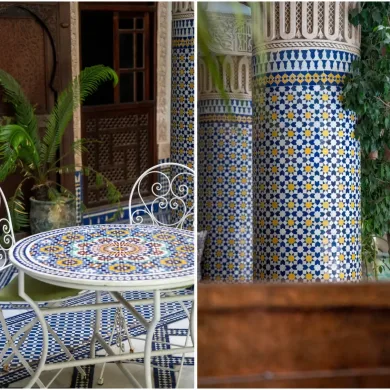
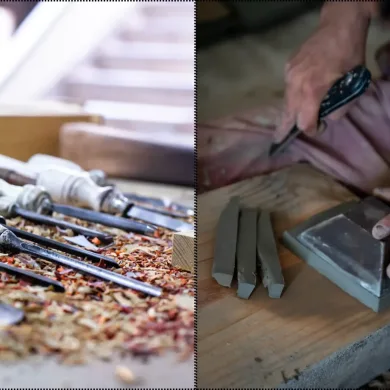
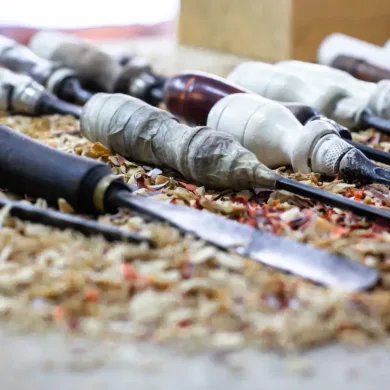
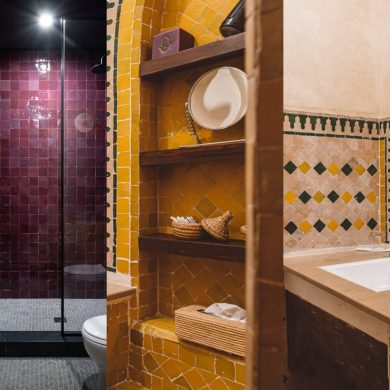
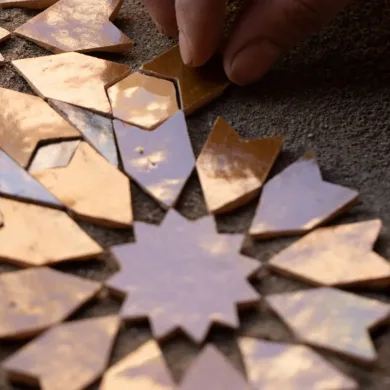
Add comment